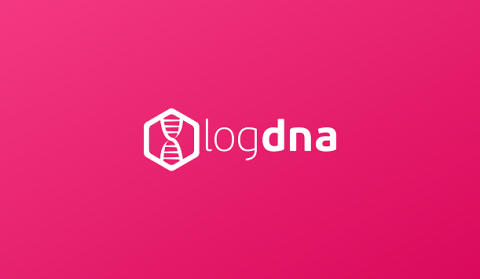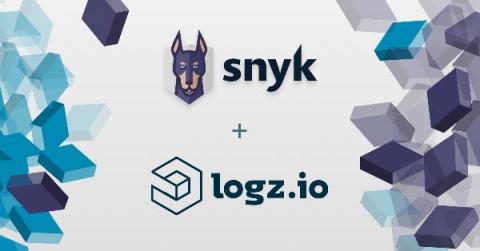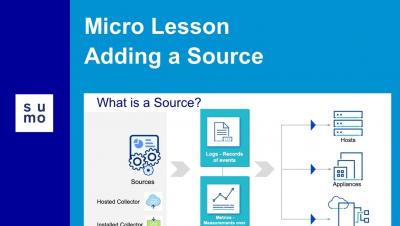Making data-driven decisions with log management software
Today, most enterprises rightfully think about their business strategies by leveraging available data. Data-driven decisions certainly are more solid and reliable than those based upon mere instinct, intuition or just plain mysticism. Logs, in particular, are a fantastic source of information from which a company can draw to fuel its business intelligence (BI) strategies. However, there’s a big and sometimes unbridgeable gap between theory and practice.










